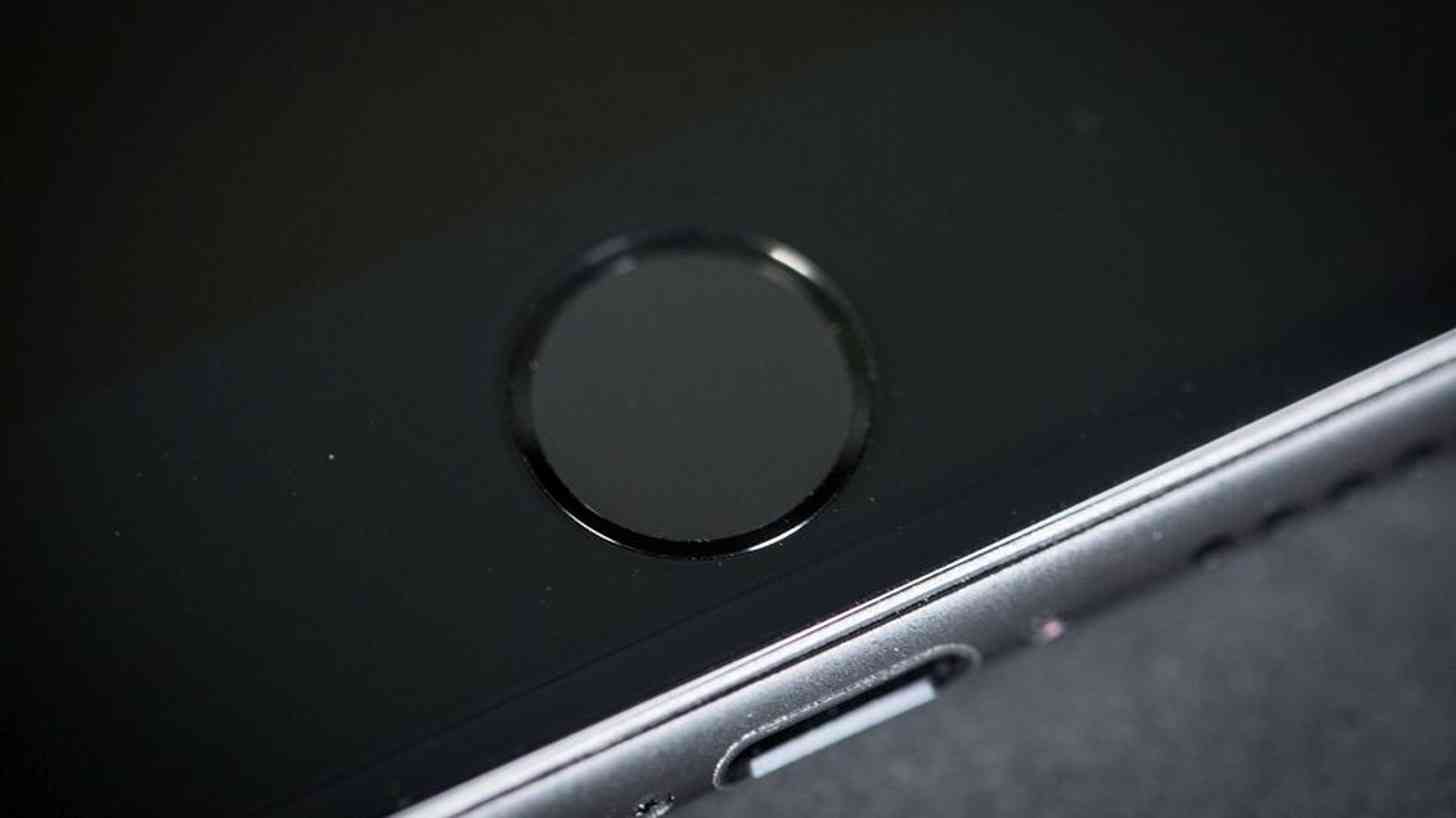
It has been long rumored that two of the most popular smartphones, the Apple iPhone and the Samsung Galaxy S, will both receive major design overhauls in 2017. If true, it would be a stark contrast to 2016, where both flagships were essentially refined versions of their 2015 predecessors. Some rumors say that the changes include bezel-less wraparound displays (which Samsung already kind of does, but will likely push those limits further), removal of the 3.5mm headphone jack in the S8 (which Apple already did with the iPhone), and both phones are rumored to lose their iconic physical home buttons in favor of an on-screen virtual one embedded into the display.
Scrapping the physical home button doesn’t sound like it’s a big deal, but given that both phones have had one with every generation, I think it might end up being a pretty big deal – at least at first. Regardless if it’s a “big deal” or not, I think that this move is entirely warranted and will ultimately end up being a good thing for both brands if true.
I’m a big fan of the physical home button. Just like my nostalgia for physical keyboards, there’s something very satisfying about feeling a tactile click of a button when pressed. Of course, Apple removed the click in the iPhone 7 in favor of a brrt (my interpretation of what a vibration sounds like), as the company went with a pressure-sensitive home button rather than one that physically presses down. In fact, with Apple having taken that route there isn’t much sense in having the physical button there at all. For the iPhone, I believe the change would be a welcome one, particularly if Apple also takes the opportunity to virtually implement a back button – or some mechanism that allows a user to go back – on the bottom edge of the display. The current placement of the iPhone’s virtual back button on the top left corner of the screen has hardly ever been convenient given that the thumb naturally has easier access to the lower half of the phone.
For both phones, this change would mean more screen real estate without having to make the phones themselves larger. The benefit of virtual keys is that they can disappear when they’re not needed and freeing up valuable screen space whereas physical buttons – satisfying as they may be – will always be in the same spot no matter what. Another drawback to physical buttons is that they inevitably wear out over time with constant use. This isn’t exactly an issue with Apple’s not-really button on the iPhone 7, but it could still stand to benefit from being housed directly in the display regardless.
There’s also the topic of bezels, and how people love to hate them. I never particularly cared until recently when I decided that big screens are awesome, but my hands can’t comfortably hold many of the larger phones on the market. Even taking my preferences out of the equation, phones have reached a place where they’re zeroing in on tablet-sized territory, and there’s not much more room to work with in regards to the actual phone size. The only option is to find a way to get rid of bezels, and one of the biggest bezel hogs are physical buttons (and their identically-sized counter-bezels on the top of the display).
As a Galaxy S7 user, I’ll admit that I’d miss the click, but I think the benefits of virtual buttons justify their removal at this point, barring the rumors are even true. And if they're not true, I'm sure there will be more than a few happy campers who still enjoy physical buttons.
Readers, what’s your take on this subject? Do you think that the projected removal of physical home keys on either the iPhone or the Galaxy S devices will cause hysteria, or will it be a welcome change? Let us know your thoughts in the comments below!